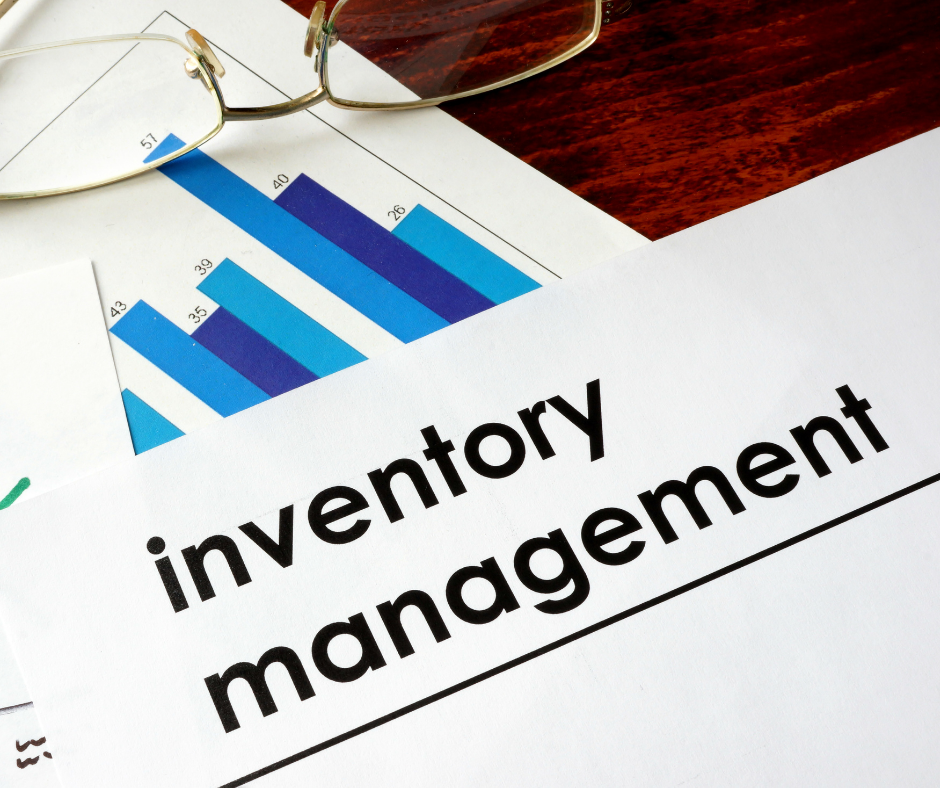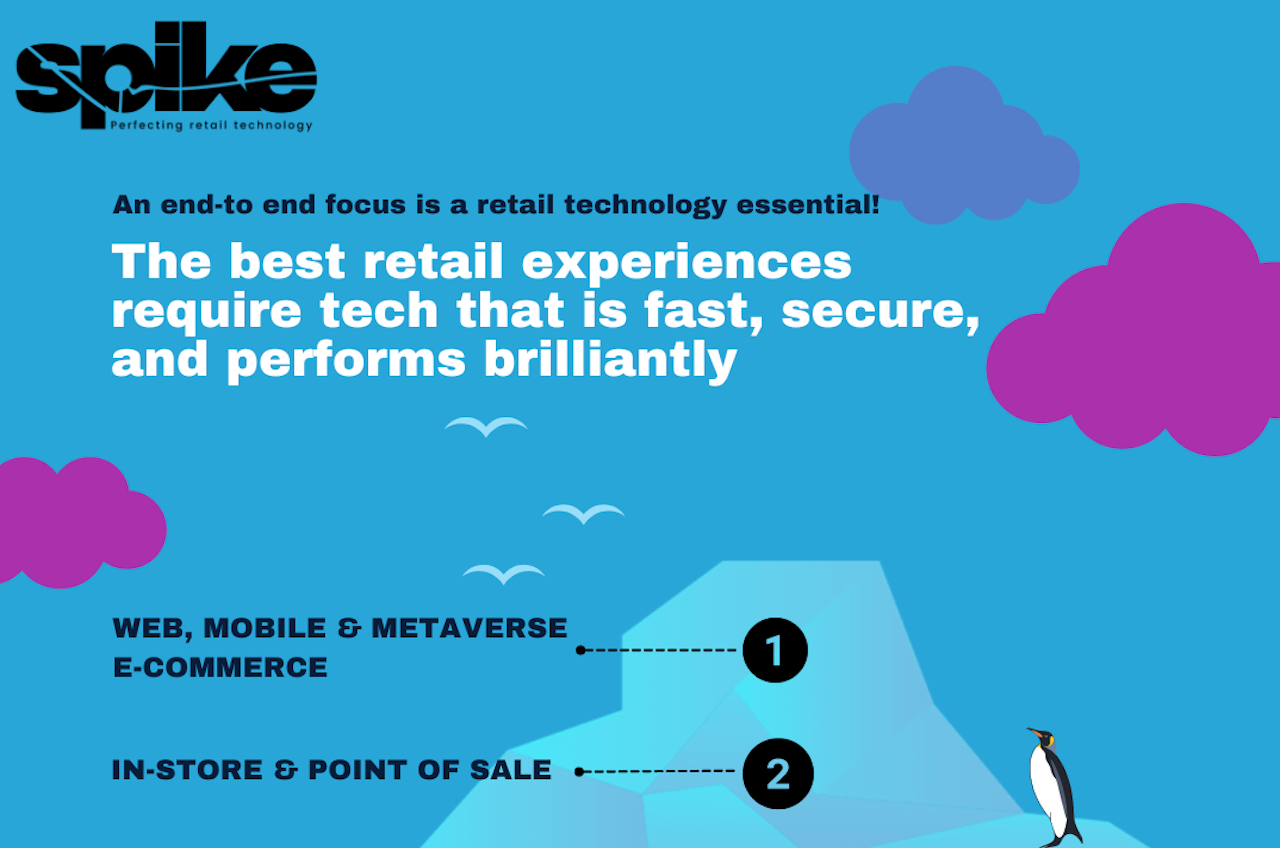The challenges for retail
The retail sector has faced ongoing disruption in recent years with the rise of ecommerce, click-and-collect, next-day and even same-day deliveries....
3 min read
Steve Dennis Oct 16, 2020 12:45:46 PM

People will sit up and take notice of you if you will sit up and take notice of what makes them sit up and take notice.
This oft-used motivational quote remains a salutary lesson to retailers that customers will reward you if you deliver what they need. Selfridge also advocated that once you establish trust and gain your customers’ confidence then everything else will fall into place. But are those words still valid in the modern era, particularly under pressure from the Covid-19 pandemic?
For retailers, now more than ever before, the need to optimise your supply chain network and inventory management become vital in the run-up to Black Friday, Cyber Monday, Christmas and to be ready for further spikes in 2021 and beyond.
How you handle the challenges head-on and survive the influx of online shoppers, especially with 63% planning to do the majority of Christmas shopping on websites, will become a testament to the industry and its ability to adapt when things get tough. There are no longer one or two options for consumers looking to purchase gifts or goods with ease, but hundreds. Staying ahead of the competition isn’t the only issue to contend with either.
As much as the front-end shopping experience is important in order to attract paying customers to a shop or website, without back-end operations being efficient or streamlined enough to support it, the whole system comes crumbling down. Continuous lockdown restrictions are causing physical limitations and abrupt changes. Transitioning to online to achieve profit and customer satisfaction is now standard, but the struggle remains how to improve supply chain processes and manage inventory successfully.
One key problem retailers have today is integration, whether in a technological sense or creating a seamless experience from multiple channels. So, we today we take a look at some of the specific challenges and solutions within one of the biggest sectors of retail: inventory management.
To stand out in today’s world and increase conversion, retailers must have that all important personal touch for their customers. Personalisation gives businesses a good insight into what their target audience’s buying habits from prior activity. McKinsey highlighted in a recent report how the recommendations algorithm accounts for 35% of what consumers purchase on Amazon. The use of third-party tagging tools and social media also allows you to deliver a smart, personalised solution that drives customers to your site and presents the product you already know they’re looking for!
Whilst boosting sales this way is a good thing, it also makes things more complicated when determining stock levels, inventory reorders and turnover. Again, a solid inventory management system needs to be implemented which can be done using data to drive immediate decision making and informing your wider strategies.
If we all could look into the future like Doctor Strange, everything would be much simpler. But whilst this may seem like the stuff of fantasy, there’s nothing more powerful than using AI and data to help to forecast demand as it fluctuates.
This gives you an exact view of any factors that could jeopardise the flow of goods being processed or stored in accordance with business requirements, such as economic downturns, tax costs, unreliable suppliers, or a delay in logistics.
This kind of visibility enables real-time decision making when it comes to not only the progress of shipments, but building a seamless customer-centric experience which captures the right data across all interaction points – instore sales, chatbot enquiries, online purchases, fulfilment and returns etc.
An exceptional, unified service is expected across all devices regardless if it’s through mobile-browsing, social media or laptops.
According to a report by Rila, 71% of retailers plan to invest more on technology upgrade and omni-capabilities compared to last year. Omnichannel commerce offers more opportunities for customers to find your products through a variety of mediums. However, fulfilling this can be a challenge as stock levels vary with each channel.
Having sophisticated automated inventory management software can help to distribute stock to the nearest warehouse – closing the time gap between ordering a product and delivering it as well as reducing shipping costs in the process. You can also easily keep updated on lack of stock in one centre and top up your inventory using another.
Leading on from this, being resourceful is an absolute priority in inventory management. As we move into the next phase of the pandemic, all retailers will need to closely track stock levels and anticipate customer demand so they can pre-empt any supply risks.
Wastage on materials and supplies when stock is not in use can affect costs greatly, especially during business-critical periods. Automation and stock auditing systems are a great investment to help identify used/unused stock, improve quality and check for any occurring equipment deficiencies along the way.
Finally, there’s the danger of overselling a product and not being able to meet customer demand as a result of miscounted stock, or your OMS not updating in real-time – for example the last item was purchased in store, but is still appearing as available online. It can hurt your business’s reputation if people deem it unreliable.
To counteract this, setting limits will prevent you from going into the reserves and give you the chance to replenish stock as soon as possible when supplies are starting to decrease.
Reviewing your end to end business processes and smart use of the right technology solutions for your inventory management (and indeed your supply chain system on the whole) are essential if you don’t want to be left behind during peak trading and throughout the pandemic recovery. That’s why our technical testing experts at Spike95 are on hand – focusing on business-critical problems, where to re-prioritise projects and improve your software capabilities.
So, how’s your inventory management looking? Get in touch by leaving us your details below and let’s discuss how you can set your business up to be one of the retail success stories![vlt_social_share title="Like this post? Please share it!"]

The retail sector has faced ongoing disruption in recent years with the rise of ecommerce, click-and-collect, next-day and even same-day deliveries....

Unless you're Bill Gates, you probably didn't predict the Coronavirus pandemic or anticipate its impact on socialising, shopping and working over the...

Progressive Web Apps (PWA) are an incredibly valuable way to bridge the gap between mobile websites and fully fledged apps, while offering benefits...

Early fashion ecommerce faced one major problem - customers were used to shopping in-store, being able to touch clothes, see exactly how they looked,...

The retail technology iceberg illustrates the complex landscape of retail tech.